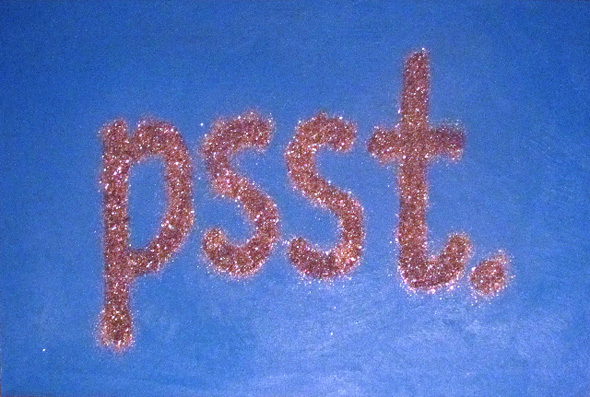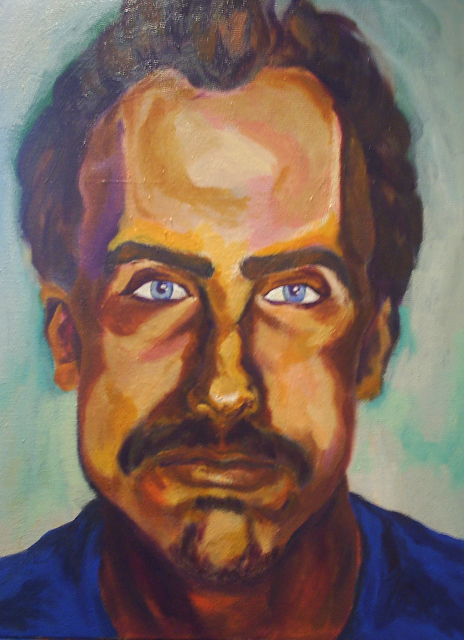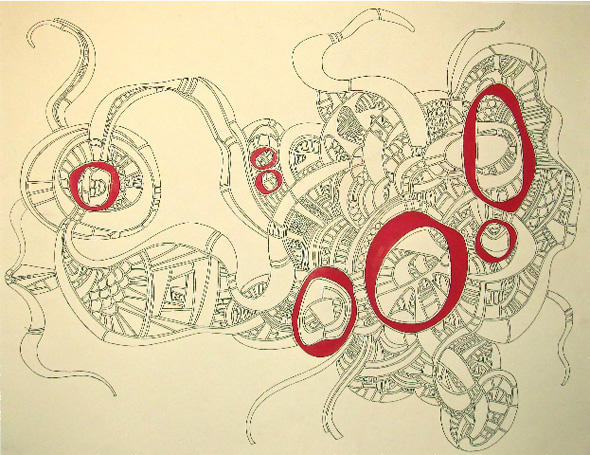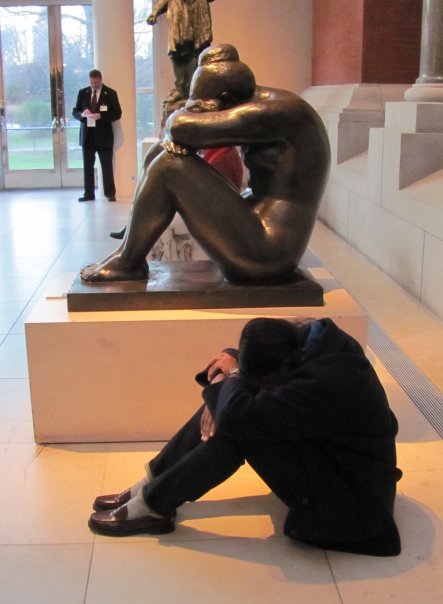Members With 9-to-5's // Q & A with Sonia Katyal, Fordham Law Professor & 3rd Ward Member
 Jan 18, 2012 Tweet
Jan 18, 2012 Tweet  3rd Ward members are experts in all sorts of things. Sure, we've got our fair share of master woodworkers, bad-ass photographers and makers of all sorts of other amazing things, but there are many other talented and accomplished folks among our ranks that you might not expect.
3rd Ward members are experts in all sorts of things. Sure, we've got our fair share of master woodworkers, bad-ass photographers and makers of all sorts of other amazing things, but there are many other talented and accomplished folks among our ranks that you might not expect.
One of those is Sonia Katyal, a Professor of Law at Fordham Law School, author and award-winning scholar on intellectual property and civil rights.
She kindly took some time to tell us about her work and give us some insight into current events like the controversial Stop Online Piracy Act and Occupy Wall Street.
Hit the jump for our Q&A with Katyal, where we talk SOPA, outsider movements and how artists now have the very real ability to subvert branding experiences in a positive way.
3rd Ward: What attracted you to intellectual property and the areas of law related to art and culture?
Sonia Katyal: I have always been interested in the intersection of law, art and culture for as long as I can remember, probably because I have had a hard time deciding whether to be a lawyer, an artist-in-training, or both. As an intellectual property lawyer and scholar, my work focuses on the intersection of property entitlements and social change, particularly with respect to artists, activists, disobedients, etc. In my work, I study how legal entitlements—i.e., copyright or other types of property rights—might unwittingly exclude particular groups from protection. These days, I'm particularly interested in studying artists who use brands, logos and trademarks in their work and some of the intellectual property issues that arise in cases of appropriation art. Andy Warhol was among the first to become famous by using everyday brands in his art; my work studies how his legacy has inspired generations of future artists and activists who seek to respond to the ubiquity of advertising in our public commons.
3W: What's your take on the Stop Online Piracy Act (SOPA)?
SK: SOPA is a powerful symbol of how certain content owners have been able to capture Congressional attention at the cost of consumer and user interests. By brandishing the ever-present issue of piracy, content owners have been able to succeed in drafting a law that casts an overbroad net that implicates the interests of innocent parties. The result is a dangerous set of risks to First Amendment issues and innovation. That's the pessimistic angle. The optimist in me, however, is heartened by the massive social movements that have sprung up in opposition to SOPA—everyone from innovation and tech enthusiasts to the White House have finally stood against SOPA, and hopefully their Congressional sponsors will take notice.
3W: You've published a book about property law. What sort of topics does that cover?
SK: In Property Outlaws: How Squatters, Pirates and Protesters Improve the Law of Ownership, my co-author, Eduardo M. Penalver, who teaches at Cornell Law School, and myself focused on how certain types of disobedience can counterintuitively improve the evolution of property and intellectual property law. Within property law, we argued that the law has a tendency to become static and fall out of step with the needs of society. By studying the behaviors of "property outlaws"—the trespasser, squatter, pirate, or file-sharer—we show how some (but not all) types of nonviolent disobedience have induced legal innovation so that it responds more dynamically to the needs of others. In our book, we also looked at different types of intellectual property disobedience, like the copyright protests that accompanied the famous mashup The Grey Album, those that were also organized around the legendary civil rights film Eyes on the Prize, and patent activism around HIV medications by the Treatment Action Campaign in South Africa.
3W: How do you see current movements like Occupy Wall Street in relation that?
SK: Much of the powerful rhetoric of the property outlaw is echoed in the Occupy Wall Street movement. Eduardo and I recently wrote a little piece about how the Occupy Wall Street movement is reminiscent of earlier social movements around property, like the sit-down labor strikes that started in Flint, Michigan in the 1930s, the occupation of Alcatraz Island in 1969 by Native American activists, and of course the lunch counter sit-ins in the civil rights movement around that same time. Our general feeling is that activism that leads to shifts in our legal system can be valuable and instructive, and to the extent that OWS has captured the needs for those shifts, it has valuably helped people organize and articulate the need for a systemic political transformation.
3W: You also have a new book, Contrabrand: Art, Advertising and Property in the Age of Corporate Identity, on the way this year from Yale Press. What's that going to be about?
SK: I focus on the intersection of art and trademark law within the First Amendment, and discuss some of the constitutional challenges the branding movement has created. I focus on a particular movement in popular art and culture, the "anti-branding" movement, which I define to include the expressive activities of artists and activists who direct their energies towards challenging advertising. Contrabrand investigates how artists transform—and successfully subvert—the power of branding, and how the law has both enabled and silenced their work. While the law normally protects the freedom of individuals to express themselves, those freedoms generally stop short when they conflict with the branding rights of others. As a result, the expansion of trademark law has ushered us into a disturbingly overprotective regime that risks sacrificing social and artistic commentary for the protection of the brand and commercial expression.
3W: Anything else people should know?
SK: I'm always looking for appropriation artists or activists to write about—so send me suggestions! You can email me through my website at Fordham Law School.
-- John Ruscher
 Email tagged
Email tagged  Occupy Wall Street,
Occupy Wall Street,  Q&A,
Q&A,  Sonia Katyal,
Sonia Katyal,  intellectual property,
intellectual property,  law
law 




